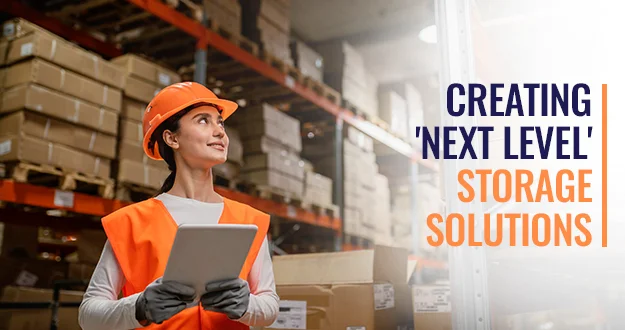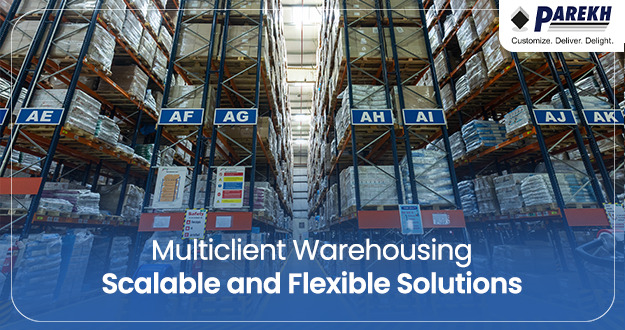
Published on: 14-12-2023
Author : PISPL Editor Team
Creating 'Next Level' Storage Solutions
India's storage and distribution industry are one of the largest globally, with over 10-fold growth potential. But the lack of attention to storage design and the inability to adopt newer technologies is hindering the sector's growth. This ignorance arises from a lack of understanding on the side of landowners and developers to accommodate end-user needs. As a result, the primary goal is to reduce cost and this leads to poor storage solutions.
However, the mindset to save money as their primary goal is changing. Various factors are driving this wave of change, including a necessity from compliance regulators, quality consistency assurance required by clients, faster turnaround times, and the emergence of e-commerce and their related regulations.
The following are the global trends that can enable the supply chains in India to create "next level" storage solutions for storage and distribution companies in India
Smart warehousing
Smart warehouses are those that use technology to execute several activities at the same time successfully. They're also known as "intelligent warehouses" or "warehouses that think." All devices and equipment in a smart warehouse are integrated with sensors and connected to the Internet, which allows the devices to synchronize their functions, allowing for smooth functioning.
Information Technology
Information Technology (IT) and digital communication play a pivotal role in maximizing supply chain network flow to attain a competitive organizational edge, improve service quality, reduce inventory and inventory costs, and reduce electronic risks (e-risks). Integration of technologies like ERP helps companies achieve operational efficiency by streamlining the SCM process.We’ve seen this especially within our inventory management solutions, where automation and analytics play a key role in reducing inefficiencies.
Temperature-controlled warehousing
These are warehouses equipped with temperature-controlled conditions necessary to keep cool shipment items, often known as cold-chain warehousing. The rise of Covid-19, and the absolute necessity for vaccine delivery, has boosted demand for such cold-chain storage facilities. To ensure seamless operation, such systems must be reinforced by effective and 24-hour surveillance systems. Cold chain warehouses, as a result, have specialized and advanced warehouse management systems that employ technology such as big data analytics to provide real-time supervision.
3PLs/4PLs and Supergrids
In established markets, 3PLs and 4PLs are already common, and they are currently heading toward supergrid logistics. The concept is to organize global supply chain networks in a grid-like form that integrates various logistical components. By integrating numerous supply chains, such a logistics supergrid will smoothly and flexibly stretch across borders, industries, enterprises, and services. Furthermore, the development and operation of such a supergrid can be facilitated by cloud computing.
Internet of Things (IoT)
The Internet of Things(IoT) is a system that connects and integrates gadgets over the Internet to transmit and receive information from one another. In supply chain and storage, multiple devices operate independently to perform their tasks. Therefore, all operations may be completed quickly and seamlessly if these devices connect and integrate their operations, enhancing time efficiency. Additionally, supply chains can assess the vast amounts of data produced by these devices in real-time to identify and eliminate any losses or inefficiencies.
By embracing these industry trends, supply chains worldwide are becoming more agile, leveraging disruptive technology, ensuring end-to-end visibility, and shifting from risk reduction to risk management. Cold chain management in India must adopt these global trends and create "next level" storage solutions to make India's storage solutions competitive, efficient, and robust.
Recent Post

Advantages of Multiclient Warehousing for Scalable and Flexible Logistics Solutions

Achieving Scalability in Logistics Through Strategic Warehouse Management

How Cold Chain Management is Revolutionizing Healthcare Logistics

Why Choose PISPL as Your Pharma Logistics Solution Provider